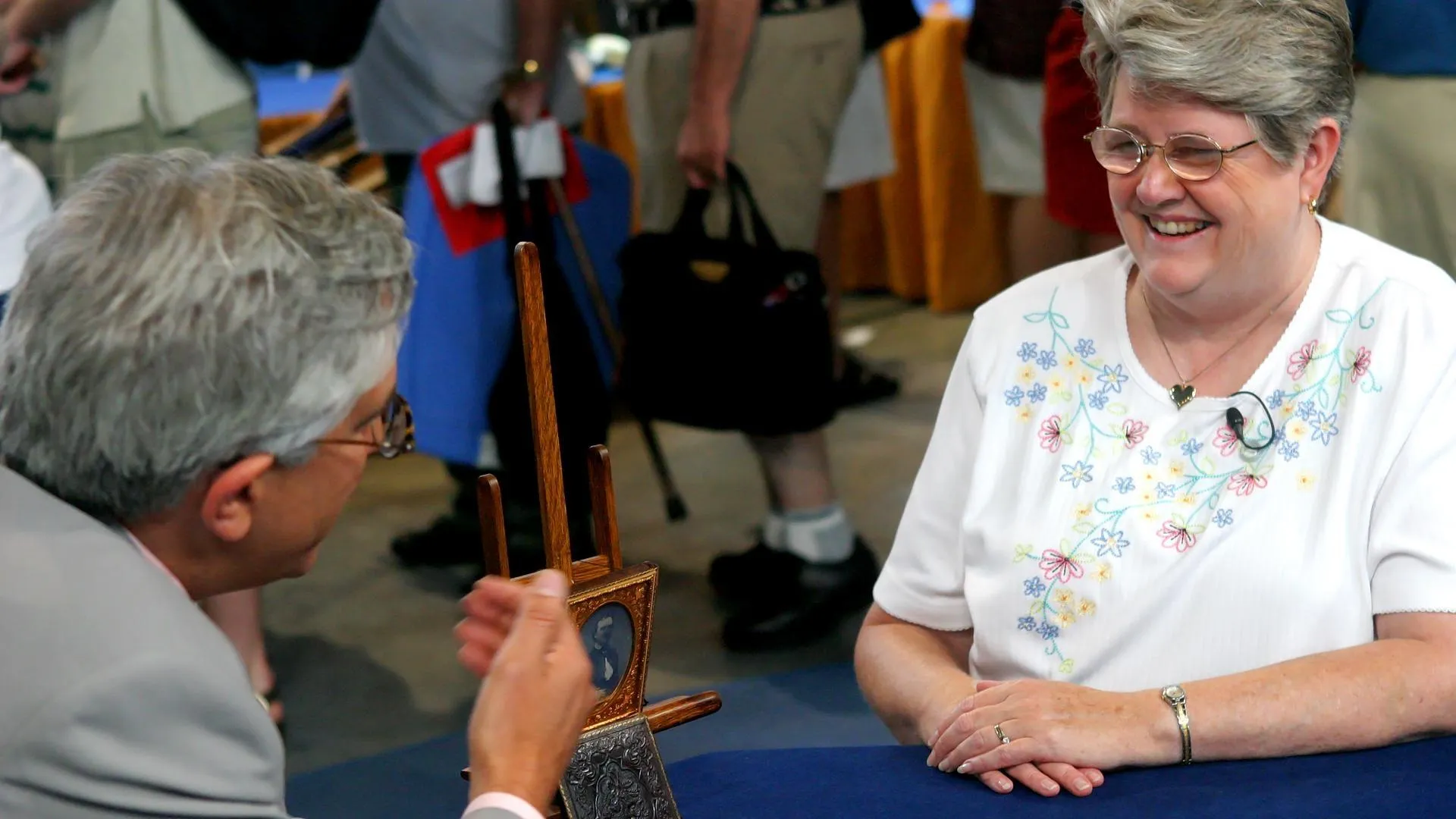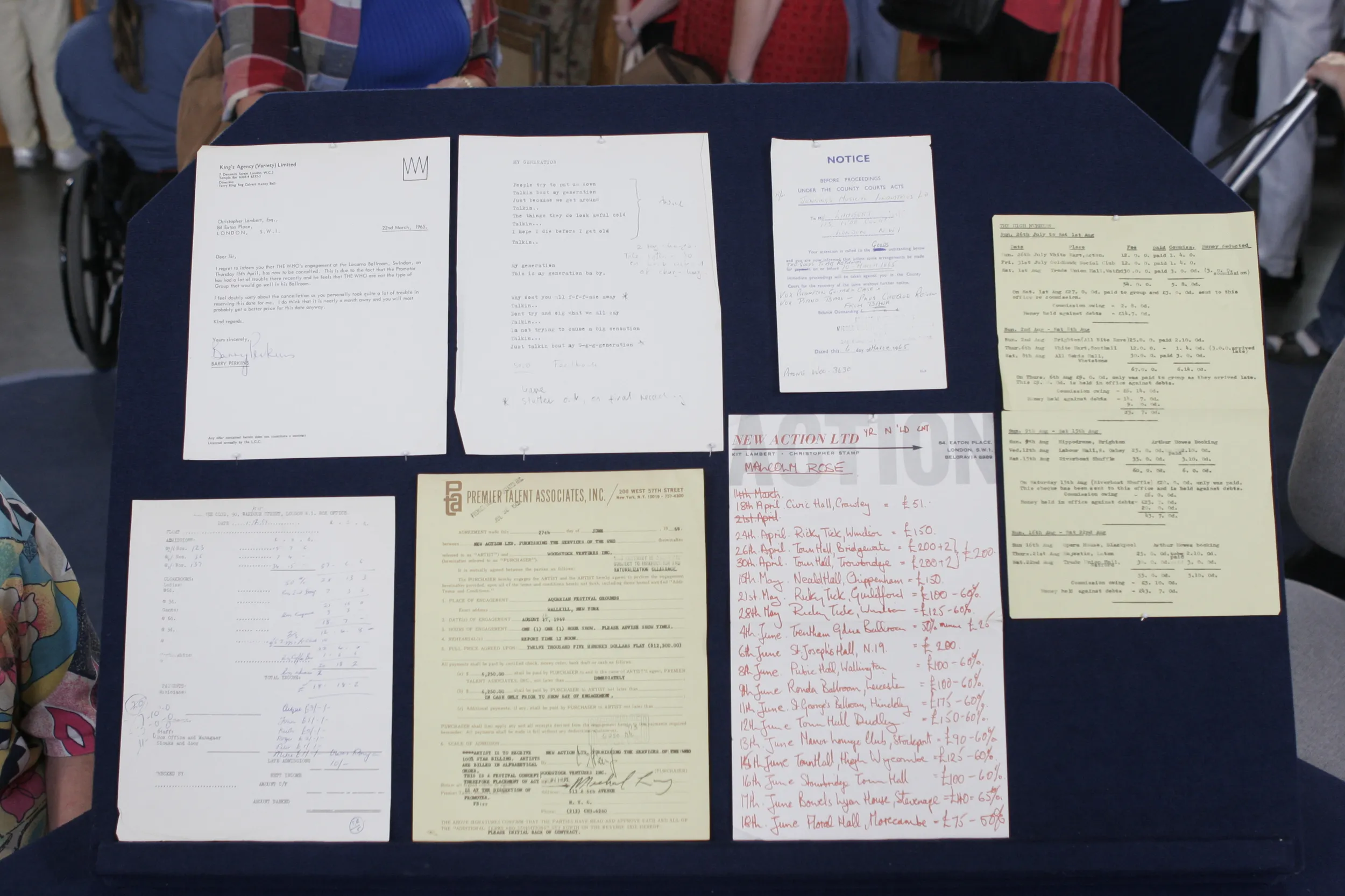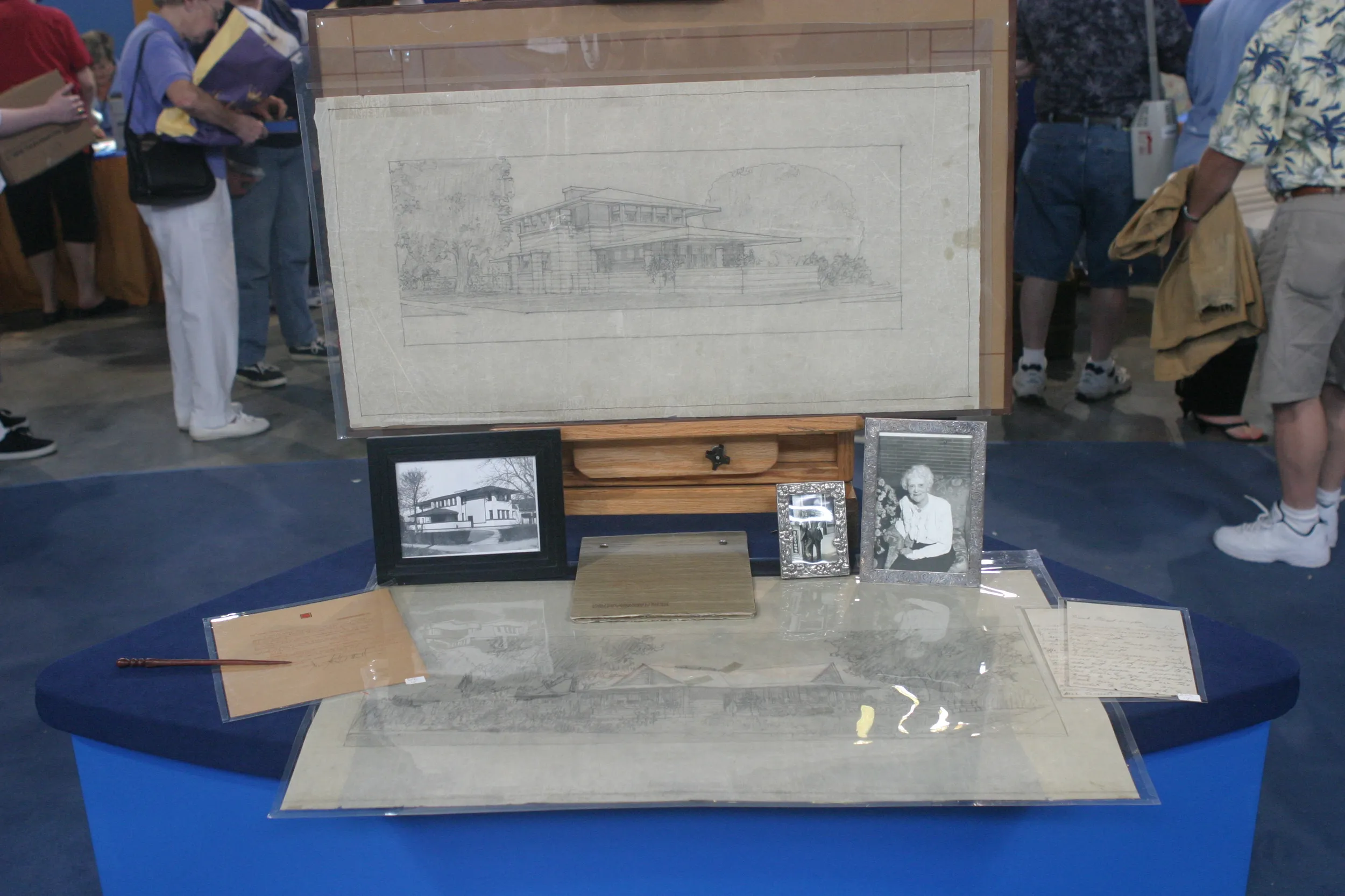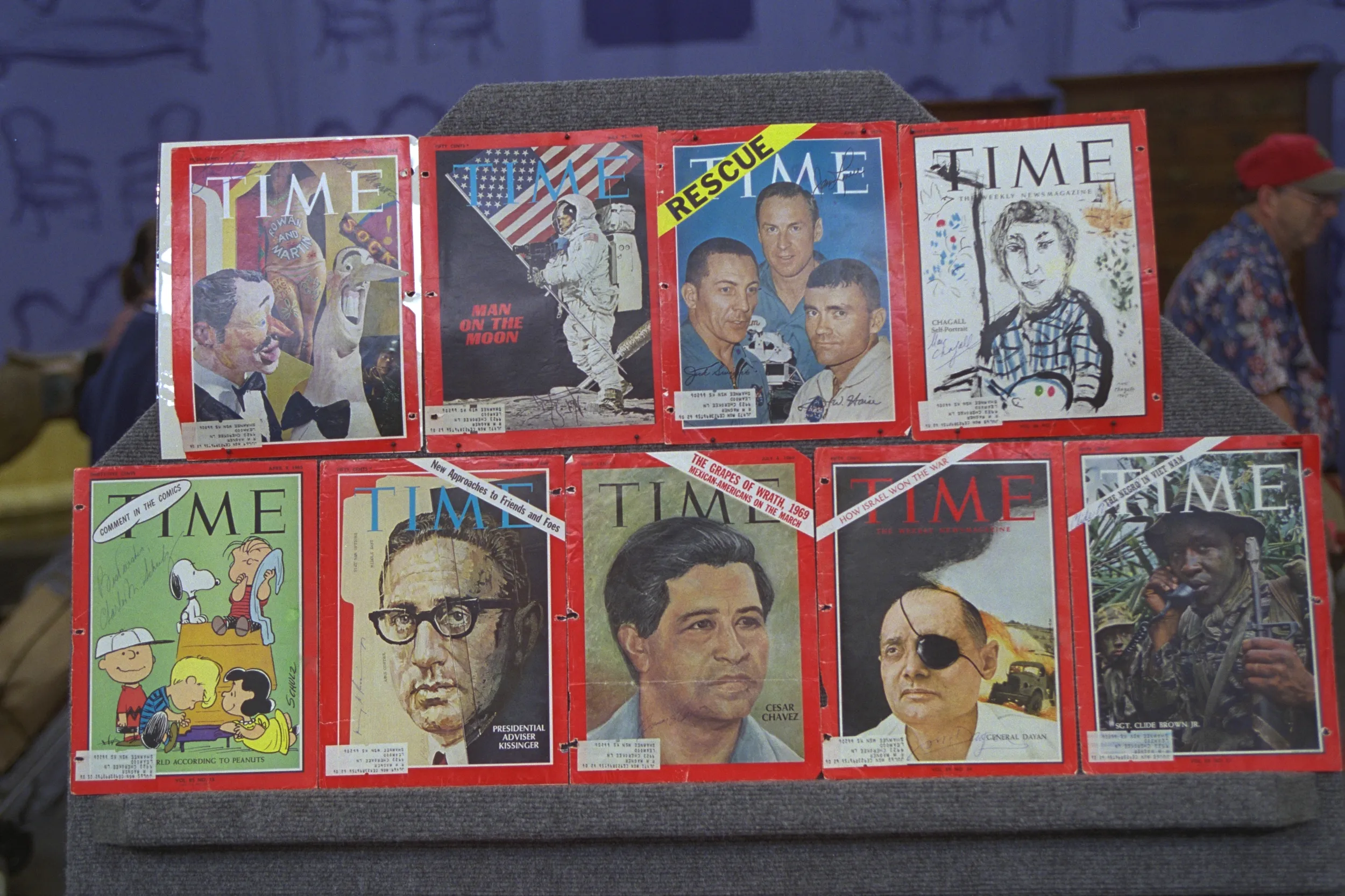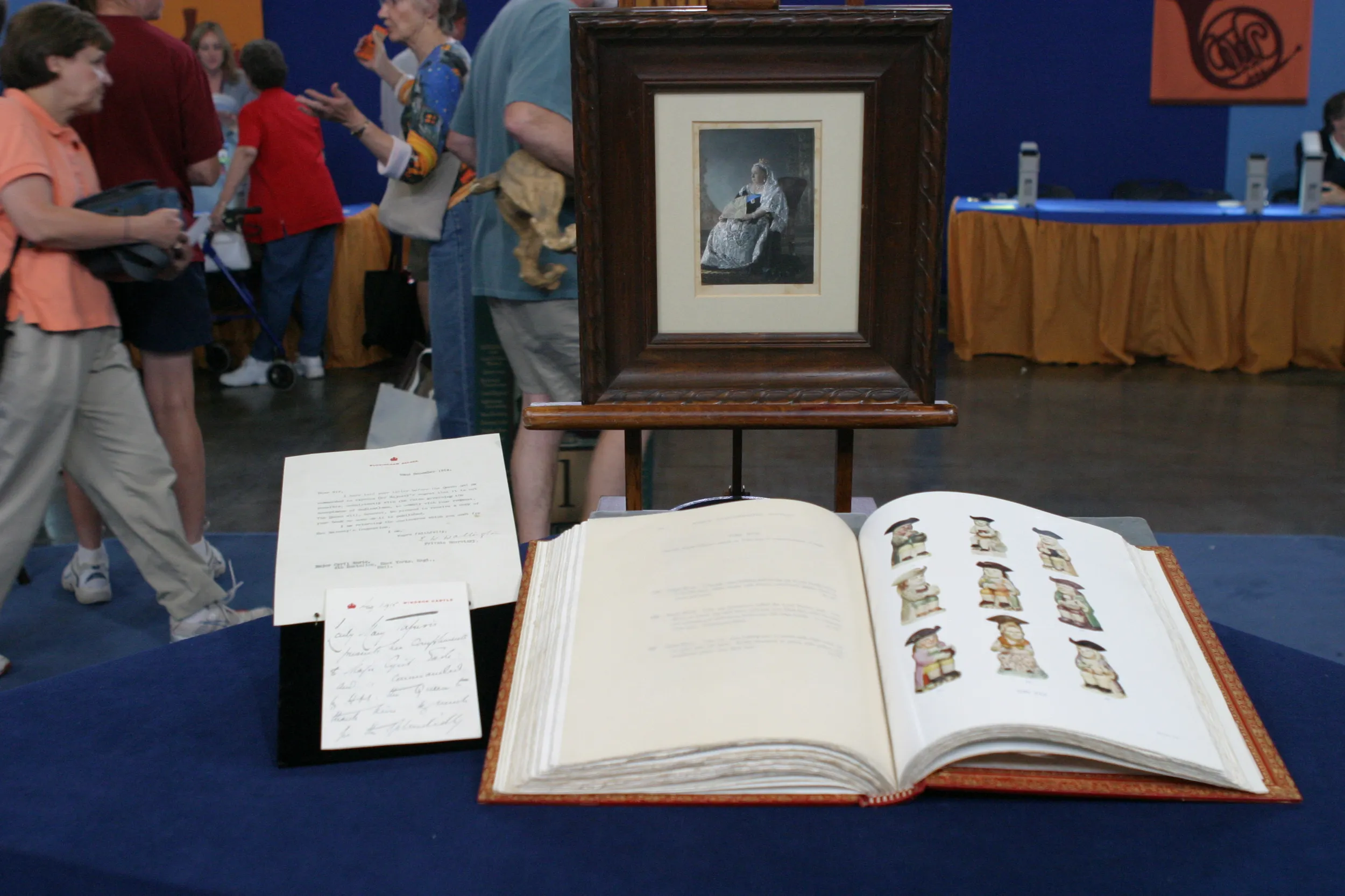APPRAISER: This is, as it very nicely says here, a map of Lewis and Clark's track across the western portion of North America, from the Mississippi to the Pacific Ocean. Now, you're from the Portland area, but I understand you got this originally from Philadelphia. Where did it come from?
GUEST: Yes, my family lived there, and they were collectors. And that's how we inherited this. But I am concerned about the signature that's on there. The ballpoint pen, I mean, you tell me. The signature and the date concern me-- that they would write on this print.
APPRAISER: It's a map of the Lewis and Clark expedition, which Jefferson sent them off, and they went off in 1804 to 1806, and they started and went up the Missouri River... and then across the mountains, across here-- again, their track is actually on here-- and then down the Columbia River right near here. They got back to Philadelphia, and of course they came out of Philadelphia and it took them a while, but in 1814, they issued the official narrative, or history, of the expedition, and this was the official statement of what happened and all the discoveries. Included in that history was this map. So this is, in fact, the official map of the Lewis and Clark expedition. It was based on William Clark's own manuscript map, which he used the sightings and surveys that he and Meriwether Lewis made. And he had it drawn up by a man named Samuel Lewis, and you can see Samuel Lewis's name is down here. And this was printed in 1814. It was earth-shattering when it came out, because, of course, Jefferson, he had had the Louisiana Purchase, and one of the things they were interested in was getting to the Pacific Ocean. They thought, well, if you take the Missouri River and you go up, it'll be easy to kind of hop over to a river running to the west, and maybe they could just have a short portage or build a canal. Well, of course, they got up there, and as it shows here, there's a long, long way of mountains across. And it destroyed every hope that they had and shocked people. Once this map was published, every map of the American West had to be redrawn. This is actually considered to be one of the great American maps-- one of the great maps of the 19th century. It's a fabulous map, which makes it very sad then that somebody wrote in ink down here. Now, they put "printed in 1814," which is absolutely true. This is a signature probably of an owner, who, in ink, wrote on this map. Terrible thing.
GUEST: It's a print, I mean, so how many are out there?
APPRAISER: It was from a copper engraving, and they issued hundreds of them, because it was the official report, and so it was sent out to members of Congress and people who were interested. This map is really about the hottest map on the market right now. Now you inherited this so you don't have anything invested in it.
GUEST: Yes, so I really don't know-- no, I don't.
APPRAISER: If it was in perfect shape, it would be worth about $50,000.
GUEST: (chuckling) You're kidding.
APPRAISER: Yes.
GUEST: Oh my gosh. $50,000. Even with the signature?
APPRAISER: No, that's in perfect shape.
GUEST: Oh, perfect, oh, oh, oh okay.
APPRAISER: Now how much should the signature take off? That's very hard to say. It might knock off maybe $5,000 to $10,000. However, they are getting good at getting ink off.
GUEST: Wow, yes.
APPRAISER: This is modern ink and modern ink is a little easier to get off than some of the earlier ones.
GUEST: Oh, okay.
APPRAISER: Well worth doing it. If you could get it off and so it's you can't really see it, then you've got a $50,000 map. With it on, $45,000 maybe, like that, but it's still a fabulous map.
GUEST:(chuckling) Well, that's better than I expected.

